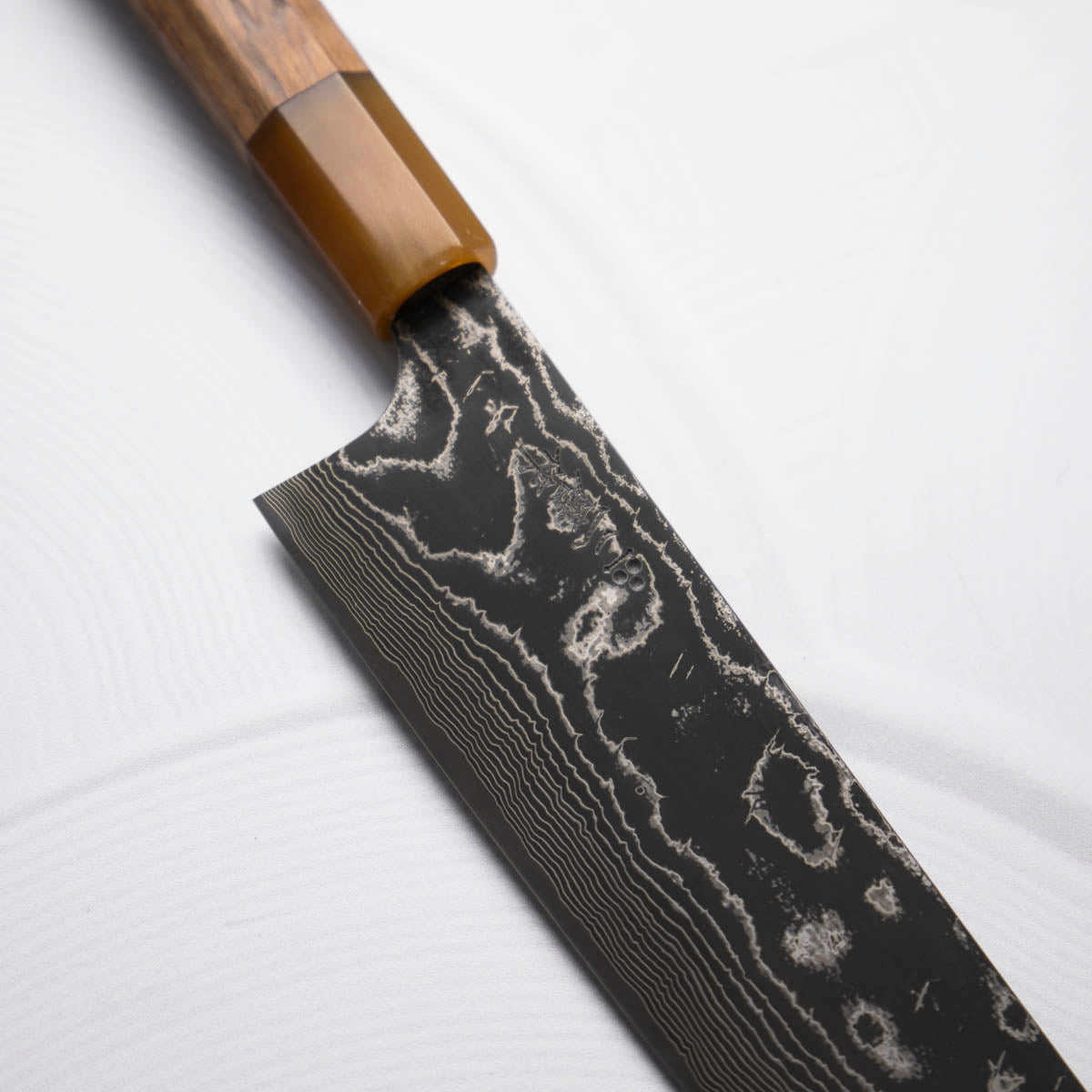
The Ultimate Guide to Japanese Chef Knives (2024)
In the world of culinary arts, Japanese chef knives stand out for their precision, balance, and beauty. These knives are more than just tools; they are the cherished companions of chefs and cooking enthusiasts worldwide. This guide will take you through the journey of understanding these exquisite knives, helping you select, use, and care for them.
The Essence of Japanese Chef Knives: Japanese chef knives, known for their sharpness and durability, are crafted using techniques passed down through generations. The meticulous process involves forging high-quality steel into blades that are both resilient and capable of maintaining a sharp edge. The most popular types include the Gyuto, Santoku, and Nakiri, each designed for specific tasks in the kitchen.
Types of Japanese Chef Knives:
-
Gyuto Knife:
- The Gyuto, or Japanese equivalent of the Western chef's knife, is versatile and capable of performing a wide range of tasks. It typically features a thinner and lighter blade, making it ideal for precise cuts.
-
Santoku Knife:
- Santoku translates to "three virtues," indicating its proficiency in slicing, dicing, and mincing. It's known for its unique shape and shorter blade, offering balance and control.
-
Nakiri Knife:
- Nakiri is designed specifically for cutting vegetables. Its straight blade is perfect for making clean cuts, reducing the damage to the fibers in vegetables and preserving their freshness and color.
Choosing the Right Japanese Chef Knife:
Selecting the right knife depends on your specific needs and preferences. Consider the following:
- Blade Material: High-carbon steel is commonly used for its ability to maintain a sharp edge, while stainless steel offers ease of maintenance.
- Size and Weight: Choose a size and weight that feels comfortable and balanced in your hand.
- Purpose: Determine what you'll be using the knife for most often and select a type that specializes in that task.
Caring for Your Japanese Chef Knife:
To maintain the beauty and functionality of your Japanese chef knife, follow these care tips:
- Cleaning: Always hand wash your knife with gentle soap and water and dry it immediately to prevent rust or corrosion.
- Sharpening: Use a whetstone for sharpening, as it gently realigns the edge without removing excessive material.
- Storage: Store your knife in a knife block, sheath, or on a magnetic strip away from other utensils to keep the edge protected.
Why Choose a Japanese Chef Knife?
Japanese chef knives are chosen for their unparalleled quality, longevity, and the precision they bring to food preparation. Their lightweight design, combined with a razor-sharp edge, allows for swift and accurate cutting, reducing the effort required in prep work. Additionally, the aesthetic appeal of these knives, with their sleek lines and often intricate patterns, makes them a favorite among those who appreciate both functionality and style in their kitchen tools.
Share
